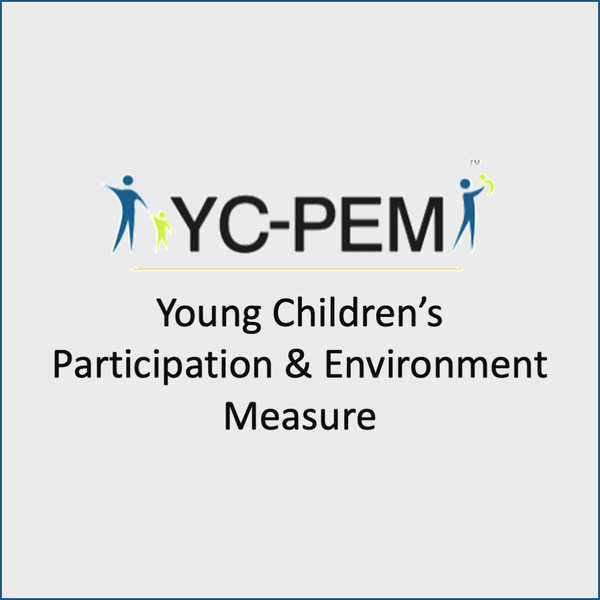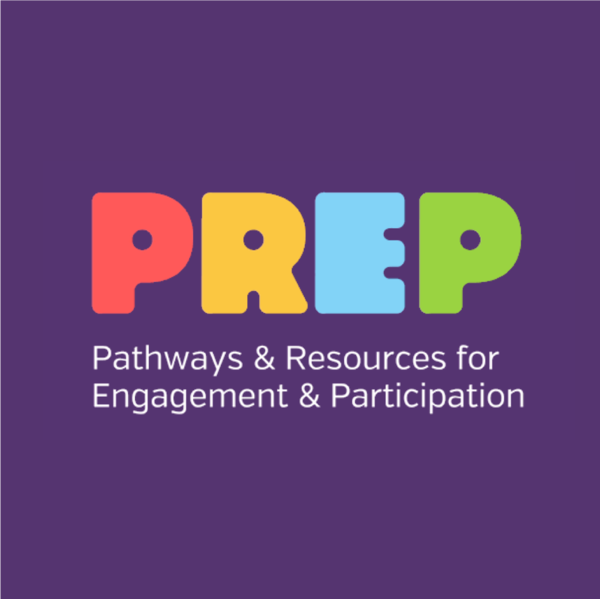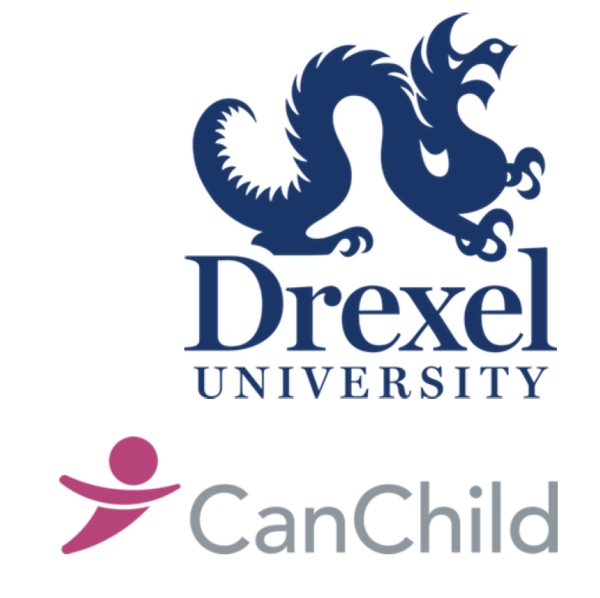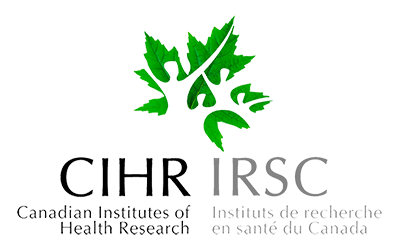Participation Knowledge Hub

What is participation?
Participation is defined by the World Health Organization as “involvement in life situations”. 1 At home, school and in their communities, children and youth take part in a wide range of activities, such as playing games and team sports, doing arts and crafts, joining a youth group, or going to the movies with friends. Participation in everyday activities plays a key role in child and youth development. 2,3
Children and youth with disabilities; however, are often more restricted in their participation than are their typically developing peers. 4-6 There are many things that can impact a one’s ability to participate, including a person’s abilities, skills, and preferences, as well as their health condition. In addition, the environment also plays an important role in successful participation. 1,7
What is the environment and why is it important?
When considering the environment, the first thing that usually comes to mind is the physical environment (e.g., the presence of elevators and ramps, access to buildings and public transportation). However, a person’s environment includes many other things, such as the social environment (e.g., family and peer support), attitudes of others, and institutional policies (e.g., availability and cost of programs, waiting time).
In many situations, especially those involving children with lifelong health conditions, changing the environment can be a much more practical way to enable participation than trying to change the child’s physical characteristics and/or abilities. As such, the environment is recognized as an important area of focus for families, researchers and clinicians.
Throughout this Participation Knowledge Hub, you will find information about participation and the environment, along with tips and strategies for making child and youth participation the best it can be!
How can we measure participation and improve it?

The PEM-CY is a measure that evaluates participation in the home, at school, and in the community, alongside environmental factors within each of these settings. PEM-CY is the first measure of its kind as it assesses both participation and environmental factors in the same framework. LEARN MORE

The YC-PEM is a measure that evaluates caregiver perceptions of their young child’s current and desired participation in a broad range of activities that take place in the home, daycare/preschool, and community. The measure also evaluates environmental factors that can help or make it harder to participate within each of these settings. The measure prompts for caregivers to share their current strategies for supporting participation in select specified activities. LEARN MORE
A number of rewarding partnerships have been undertaken to culturally adapt this measure, from which we have published and presented on best practice guidelines to facilitate consistently rigorous and timely efforts to produce quality versions of this measure.

PREP – Pathways and Resources for Engagement and Participation – is an evidence-based approach to occupational therapy that focuses on enhancing participation through modifying the environment. Using this skills-based approach, occupational therapists work with the client (and his/her parent or caregiver when appropriate) to identify aspects of the environment and the activity that either support or hinder participation. LEARN MORE

The Collaborative Process for Participation Goals was developed by Robert Palisano and Lisa Chiarello to provide a systematic but flexible process to guide families and therapists through the many considerations necessary to develop action plan. LEARN MORE.
“I think that it opened their eyes to what is possible and what they could do with their child and what they could do with their family.”
- Occupational Therapist on the PREP
– Pathways and Resources for Engagement and Participation
About the Participation Knowledge Hub
The Participation Knowledge Hub is an evidence-based online resource for sharing information about child and youth participation. The materials that are available on the Participation Knowledge Hub, including Participation Tip Sheets, success stories, and research summaries, have been developed with input from families, service providers, and researchers. We envision that the Participation Knowledge Hub will become a go-to resource for current, dependable, practical information about child and youth participation.
Funders
The development of the Participation Knowledge Hub is funded by the Knowledge Translation Supplement Grant from the Canadian Institutes of Health Research. Previous research focused on development and validation of the Participation and Environment Measure for Children and Youth (PEM-CY) was funded by National Institute on Disability and Rehabilitation Research (NIDRR).


